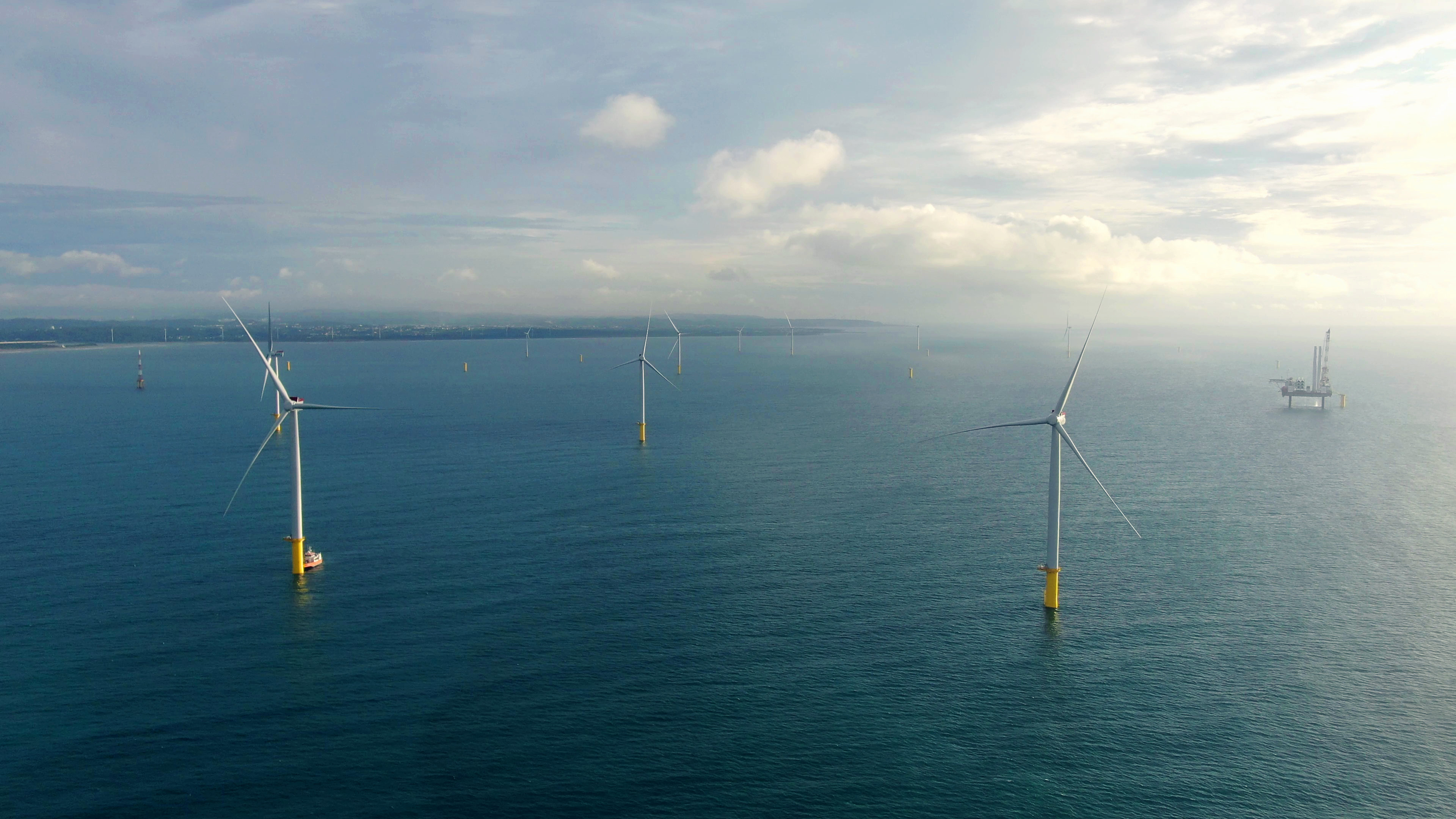How renewable energy infrastructure could accelerate Asia’s green future

Source:Ivan Varughese
Renewable energy infrastructure poses one of the largest investments and development opportunities in Asia in the next 10 years. Solar and wind power have already proved their effectiveness in the region while also future-proofing the energy supply in Asia. In coming years, there will be significant opportunities in both developing and developed economies for green energy.
Views
How renewable energy infrastructure could accelerate Asia’s green future
By Ivan Varugheseweb only
Asia’s renewables markets
When it comes to renewables, Asia breaks into three groups.
Firstly, China and India with their massive populations and equally large renewables’ targets account for the largest share of forecasted new capacity across the region.
The second group is developed economies such as Japan, Korea and Taiwan that are transitioning established electricity networks from fossil fuels to renewables. What this group has in common – which has attracted the attention of international developers including Macquarie – are supportive policy regimes, clear regulatory frameworks and a stable investment environment.
 Macquarie’s GIG has deployed the first commercial floating LiDAR system in Ulsan, Korea to collect critical wind resource and environmental data. (Source: Ivan Varughese)
Macquarie’s GIG has deployed the first commercial floating LiDAR system in Ulsan, Korea to collect critical wind resource and environmental data. (Source: Ivan Varughese)
The third group consists of high growth South-East Asian economies that will turn to renewables to meet the growing demand for electricity. This group is where significant foreign capital would be needed.
Countries such as Indonesia, Malaysia and the Philippines all fit into this category, with Vietnam potentially offering the greatest immediate opportunities.
Transitioning to a low-carbon future
In the developed East Asian economies, the size of the potential is similarly vast. To date, Macquarie is currently developing c. 9GW of renewable energy capacity across Asia. Most of the developments come from developed markets such as Taiwan, Korea and Japan, partnering with world-class developers such as JERA, EnBW, Total and Iberdrola.
In Taiwan, the Government signalled a major shift in its energy policy by committing to increase the volume of renewables in its electricity supply from 5% to 20% by 2025. The transition to a renewable energy led system is being driven by the expansion of offshore wind power and the market's ambition to deliver 5.7 GW of offshore wind by 2025 and an additional 10 GW by 2035.
The Green Investment Group has been developing and investing in Taiwan as an early forerunner with an up to 2.5 GW offshore wind assets under development. The Formosa offshore wind farms comprising Formosa 1, 2 and 3, have placed it at the centre of Asia’s growing offshore wind market and are playing a key role in the delivery of Taiwan’s green energy ambitions.

The challenges ahead
Despite being optimistic about the renewable future in Asia’s emerging markets, there are a couple of potential challenges investors must also consider.
First, many of the forecasts on the region’s economic growth were made pre-COVID-19. Even though many Asian economies have been hit hard by the pandemic, including those who have so far been effective in controlling the spread of the virus, rely heavily on exporting to the rest of the world. If the global economy does not recover, the outlook for these economies will not be quite as positive.
Renewable energy infrastructure has proven to be a resilient investment, even in the face of COVID-19 because demand for electricity will still grow and the need to decarbonise remains an immediate one.
A second risk to consider is the current legal and regulatory framework within some Asian emerging economies. Foreign investors need to be confident that there is a stable policy and investment framework within these economics to support projects and secure financing.
Finally, those economies with stable institutions and favourable policies, will still face similar resilience issues that we have seen in Australia. To enable the transition to a high-renewable generation future, government policies and grid operators will need to include flexible assets, such as energy storage, in their integrated resource planning.
To conclude, infrastructure investment, including renewables infrastructure, should be a conservative investment. Asia’s emerging markets present big opportunities, and it is only a matter of time before we see the level of renewable investment activity that we have observed in developed markets like Japan, Korea and Taiwan spread to some of their South East Asian neighbours.
- OECD, ‘Economic Outlook for Southeast Asia, China and India 2020: Rethinking education for the digital era’ p2
- McKinsey, ‘Vietnam’s renewable energy future’
- Central Committee of the Communist Party of Vietnam Resolution 55-NQ/TW, February 2020.
- Institute for Energy Economics and Financial Analysis, ‘Briefing Note: South Kore Shifting Further Away from Coal

About the author:
Ivan is Head of Asia-Pacific, Macquarie’s Green Investment Group. He joined Macquarie in 2006 as a part of the Infrastructure team. Since 2017 he has led the ANZ Infrastructure and Energy team and in 2020 was appointed Head of Green Investment Group, Asia Pacific. His range of expertise includes equity and debt arranging, buy and sell-side advisory roles, capital and strategic reviews for a number of corporate and government clients across the transport, utilities and PPP sectors. Ivan studied a Bachelor of Laws and Bachelor of Commerce at University of Melbourne, and holds a Masters of Finance from INSEAD.
Have you read?
♦ Is Taiwan Doing Enough to Address Climate Change in The Hottest Summer Ever?
♦ When will Taiwan go Carbon Neutral?
♦ Taiwan’s Solar Power Dream Collides with Reality
Uploaded by Penny Chiang






